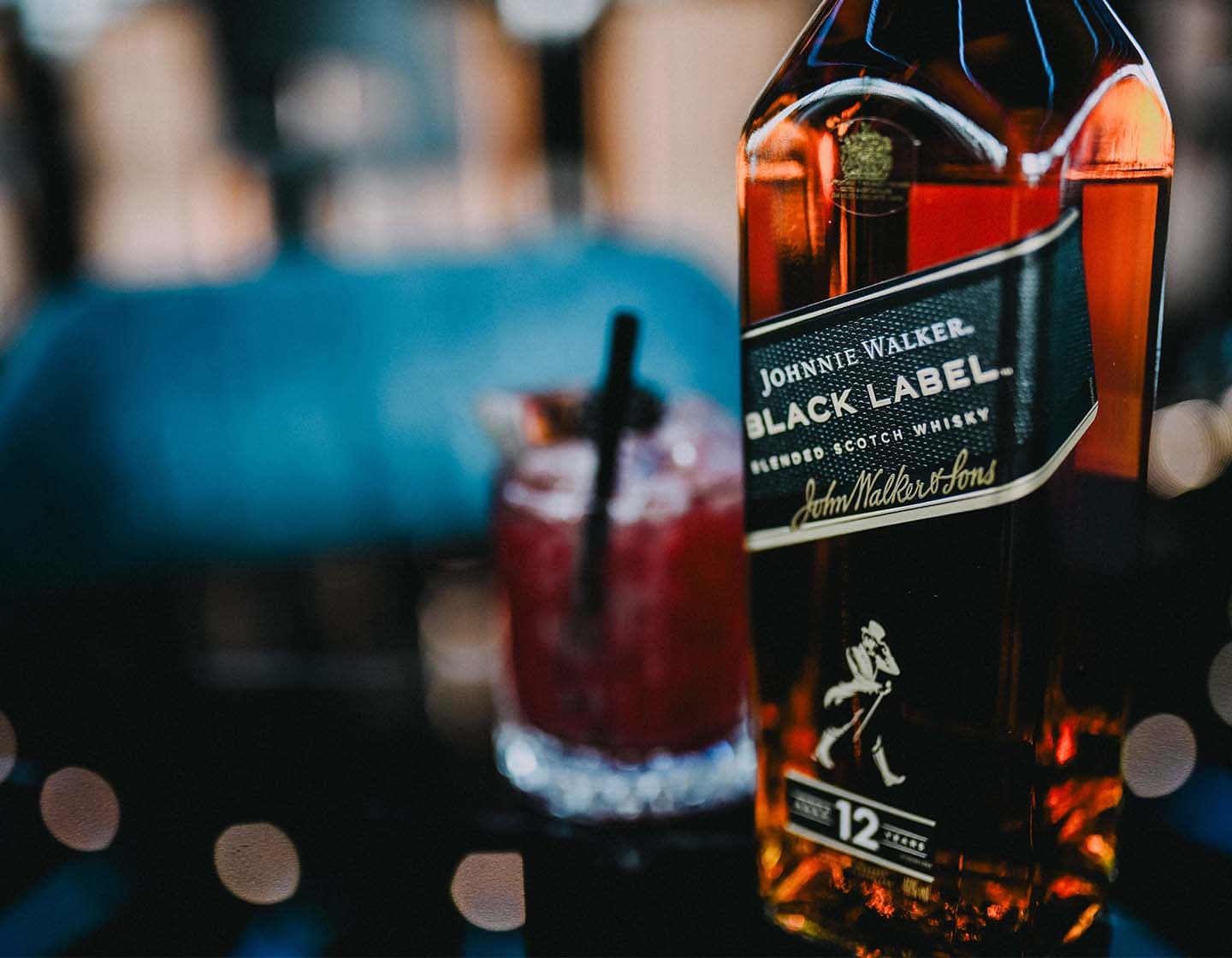Blogs & Inspiration
The Four Regions of Scotch Whisky
Discover what makes each region different and how to showcase the flavours of each area in the drinks you serve.
Author: Dr Emma Walker, Master Blender at Johnnie Walker
Estimated reading time: 6 minutes
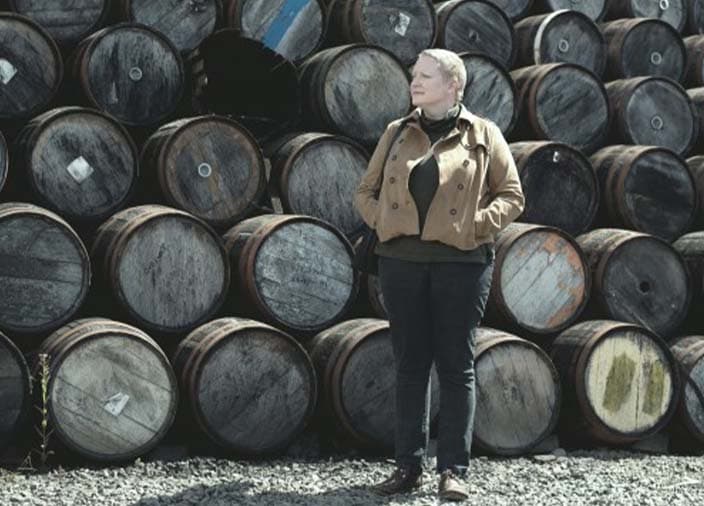
All of Scotland in One Glass
What is it about Scotch Whisky that makes it so popular with drinkers? The magic of Scotch whisky is that it truly encapsulates all of Scotland and draws from the entire region to create exceptional blended malt and grain whisky.
The location where each whisky is produced makes a big difference to its character, to how it tastes and smells - each individual distillery produces a whisky with a distinct flavour, even though they’re all Scotch.
A great way to discover the various flavours of Scotland is through exploring the production of Johnnie Walker Black label. This spirit can include more than 30 individual Single Malt and Grain whiskies from distilleries located across all four corners of the country.
This means that for every sip of Scotch, you’re savouring the history and distinct characteristics of every region of Scotland all at once.
The Four Regions of Scotland
Scotland can broadly be divided into four main whisky regions:
- The Highlands
- The Islands
- Speyside
- The Lowlands
Each area offers its unique distillation processes that create distinctive flavours and characteristics.
As a bartender, a big part of your role is experimenting with new cocktails and creating inspired flavour combinations. Understanding how these regions produce their flavours can be a great way to start creating even better Scotch serves.
The Highlands
Located in the north of Scotland, the Highlands are Scotland’s largest whisky-producing region.
Many iconic distilleries call the Highlands home, like Clynelish in the North and Dalwhinnie and Blair Athol in the Southern Highlands, the blends here have a sought-after sweet taste.
In this region we see a great variety of rich, vibrant flavours including spicy fruit cake and heather, as well as lighter fruity, citrus notes.
The distinctive spicy and fruity notes found in Highland whiskies are used by our whisky masters to bring a real depth and unrivalled richness of flavour to Johnnie Walker Black Label.
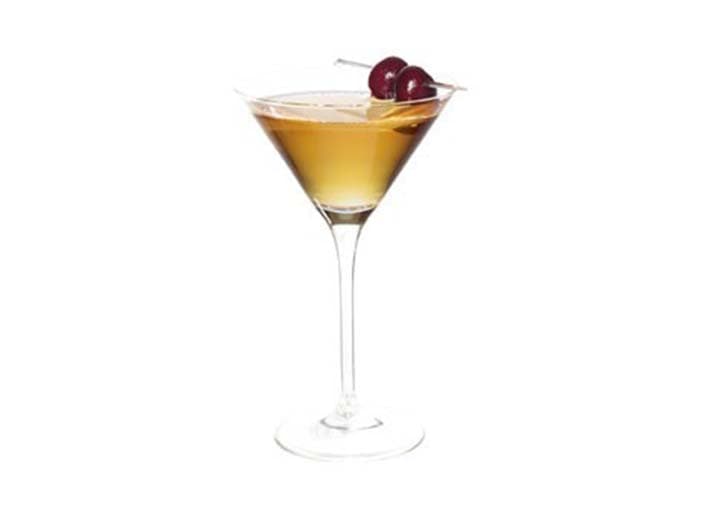
Johnnie Walker Black Label Manhattan Recipe
The spiced fruit tastes of Highland whisky works perfectly with the clove and cinnamon notes found in vermouth, making whiskies like Johnnie Walker Black Label perfect for a Manhattan.
Bring out the sweeter, spiced flavours in this Johnnie Walker Black Label Manhattan recipe by garnishing with Morello cherries.
The Islands
The Scottish Isles to the west are famous for producing a peaty or smoky aftertaste to their whisky.
This flavour comes from how the malt used in the whisky is dried, and the whiskies produced in Islay and Skye are famous worldwide.
Along with the smoky feel, you’ll also get unique undertones of sweet wood smoke, crackling bonfire embers, and peppery spice.
This smokiness is a distinctive flavour profile of Johnnie Walker Black Label, and Island distilleries lend this flavour to help build this blended whisky.
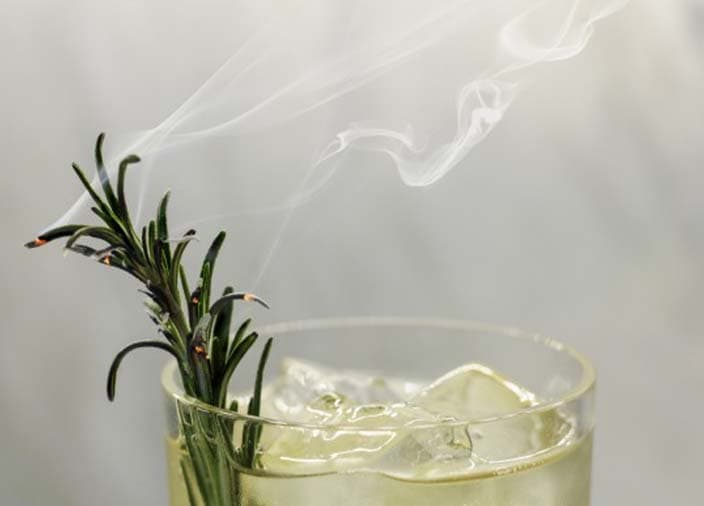
Johnnie Walker Black Label On The Rocks Recipe
The best way to showcase the smokiness of Johnnie Walker Black Label is to serve it on the rocks or with soda to release the stiff aromas.
Try this Johnnie Walker Black Label On The Rocks recipe garnished with toasted rosemary to elevate your straight whisky serve.
Speyside
Speyside is an area to the northeast of Scotland, surrounding the River Spey. The whiskies here are renowned for their sweet, fruity malts and have minimal peat flavours.
Famous Single Malts like Cardhu and Cragganmore come from this region and are great examples of the sweeter whisky Speyside is known for.
Whiskies from Speyside are blended in Johnnie Walker Black Label to add a freshness to the drink, with green apple and pear notes being pulled into the spirit to complement the smokiness and richness added from other regions.
Showcase the fruity and tangy tastes of Speyside by serving light, long drinks, perfect for summertime.
Try this Johnnie Walker Black Label and Ginger recipe to highlight the sharp tastes present in Johnnie Walker Black Label.
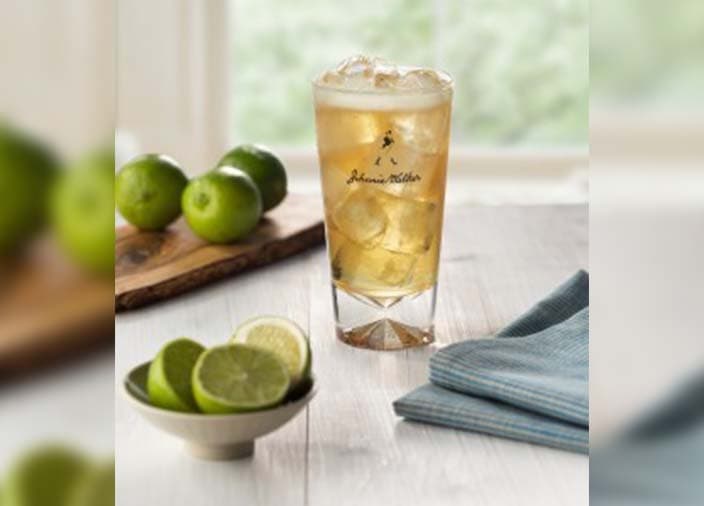
Johnnie Walker Black Label and Ginger Recipe
Showcase the fruity and tangy notes characteristic of Speyside by serving light, long drinks, perfect for summertime.
Try this Johnnie Walker Black Label and Ginger recipe to highlight the vibrant flavours present in Johnnie Walker Black Label.
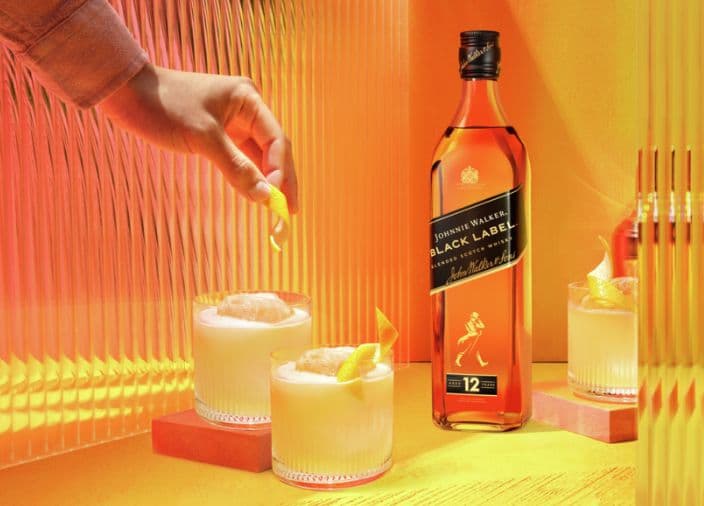
The Lowlands
The Lowlands cover the south of Scotland, up to the north of Glasgow and Edinburgh where it meets with the border of the Highlands. Whiskies from this region tend to be light, accessible and gentle, with none of the overt peatiness of the Islands.
These flavours create a great counterbalance to the smoky and rich tastes from other regions, helping to develop the well-refined Johnnie Walker Black Label blend.
The light, delicate and floral notes work well with bitters and fruit often found in an Old Fashioned but can also be useful in crafting many timeless cocktails.
Get the most out of Lowland whisky with this Johnnie Walker Black Label Old Fashioned Recipe to create a perfectly crafted classic. Beautifully balanced between sweet and sour, the orange peel pulls out the lighter notes stirring in the depths of the whisky..
Key Takeaways
- Johnnie Walker Black Label blends over 30 whiskies to develop its signature taste.
- Each Scottish region offers its unique characteristics to Johnnie Walker Black Label.
- Distilleries in The Highlands are famous for adding a rich, fruity flavour to their whisky.
- The Islands add a smoky, peaty flavour to their whiskies.
- Speyside offers fresh fruit notes like apples and pears to whisky blends.
- The Lowlands produce a lighter, softer whisky that balances the flavours from other regions well.
Sign up for free and become a member of Diageo Bar Academy today to unlock the latest industry news, trends, and tips to keep your bar knowledge up to speed!
